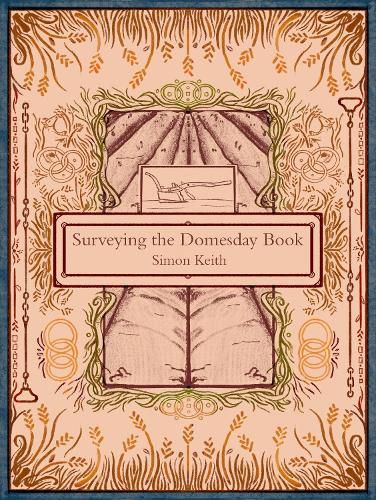Readings Newsletter
Become a Readings Member to make your shopping experience even easier.
Sign in or sign up for free!
You’re not far away from qualifying for FREE standard shipping within Australia
You’ve qualified for FREE standard shipping within Australia
The cart is loading…






The Domesday Book, commissioned in December 1085 by order of William The Conqueror, is generally thought to have been used to assess wealth and assets to collect taxes, and represents an incredible wealth of information on land-use, local economies, and even land disputes between neighbours.
This innovative analysis of the Domesday book from the perspective of a professional land surveyor and valuer aims to calculate a timetable for its creation, along with analysing the survey’s purpose, the nature of the data collected, and how it was used. By reverse-engineering the survey, Simon Keith proposes that while the document was an outstanding administrative success as a survey, it was in fact a fiscal failure which was never used directly to collect any taxes.
This fascinating study examines the foundation of the well-established, successful and sophisticated hidage assessments upon which the Domesday book was built, discusses the likely timeline of the survey, and examines the logistical problems which are universal to surveyors throughout history.
$9.00 standard shipping within Australia
FREE standard shipping within Australia for orders over $100.00
Express & International shipping calculated at checkout
The Domesday Book, commissioned in December 1085 by order of William The Conqueror, is generally thought to have been used to assess wealth and assets to collect taxes, and represents an incredible wealth of information on land-use, local economies, and even land disputes between neighbours.
This innovative analysis of the Domesday book from the perspective of a professional land surveyor and valuer aims to calculate a timetable for its creation, along with analysing the survey’s purpose, the nature of the data collected, and how it was used. By reverse-engineering the survey, Simon Keith proposes that while the document was an outstanding administrative success as a survey, it was in fact a fiscal failure which was never used directly to collect any taxes.
This fascinating study examines the foundation of the well-established, successful and sophisticated hidage assessments upon which the Domesday book was built, discusses the likely timeline of the survey, and examines the logistical problems which are universal to surveyors throughout history.